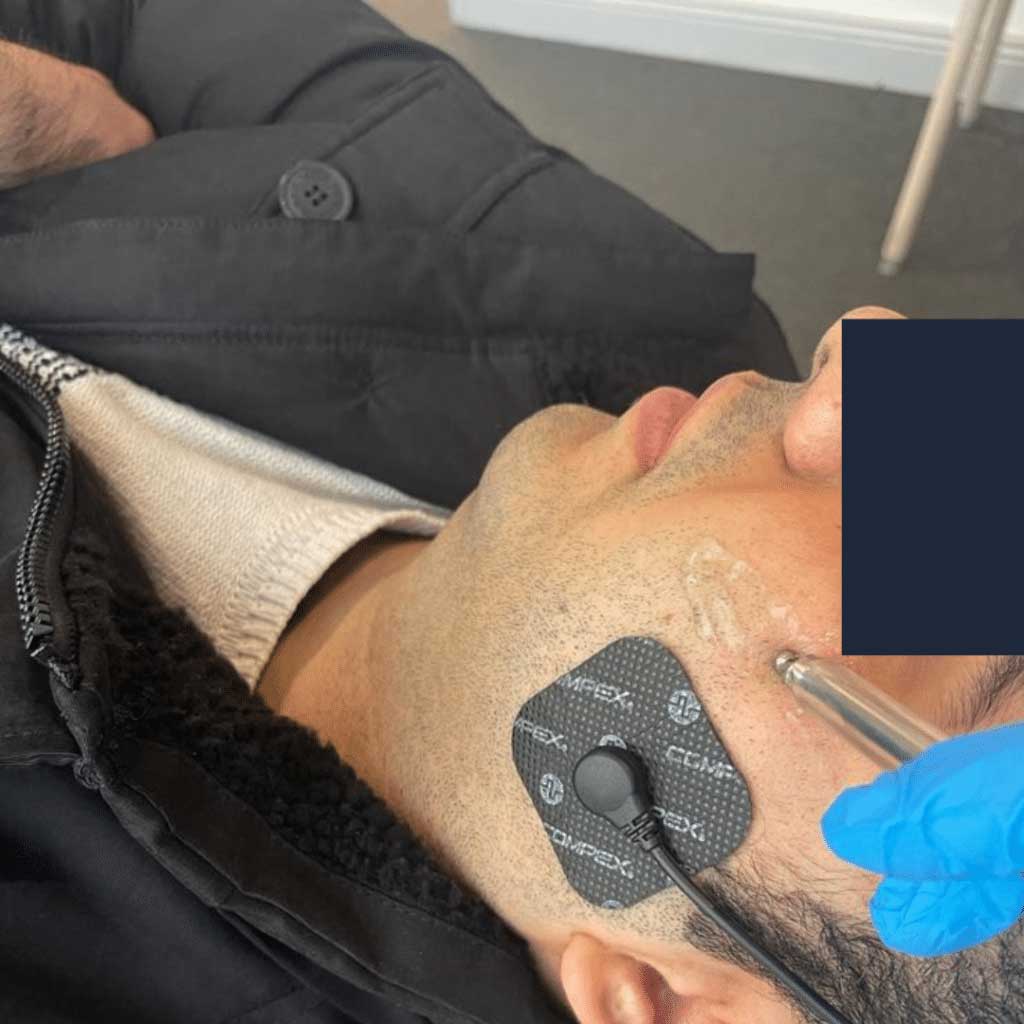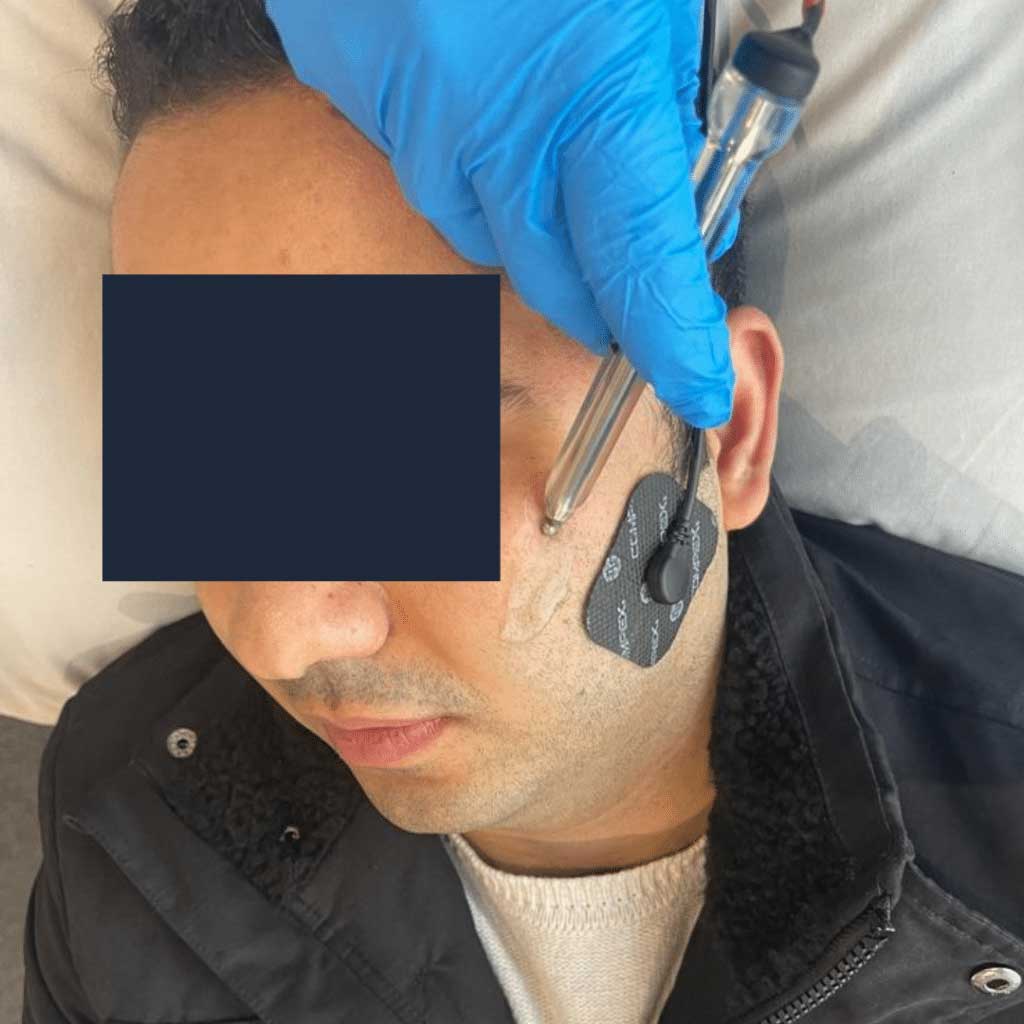Bell’s palsy is a condition that affects the muscles and nerves of the face, causing temporary weakness or paralysis on one side of the face. It occurs when the facial nerve, which controls the muscles of the face, becomes inflamed, swollen or compressed.
The symptoms of Bell’s palsy can develop suddenly and may include facial drooping or weakness, difficulty smiling, drooling, loss of taste, sensitivity to sound in one ear, and difficulty closing one eye. In rare cases, Bell’s palsy may also cause facial pain, headaches, or sensitivity to light.
The cause of Bell’s palsy is not fully understood, but it is thought to be related to viral infections, such as herpes simplex virus or the flu. Other factors that may increase the risk of developing Bell’s palsy include pregnancy, diabetes, and a family history of the condition.
Most people with Bell’s palsy recover fully within three to six months, although some may experience residual weakness or other long-term effects. Treatment options for Bell’s palsy may include medications to reduce inflammation, physical therapy, and surgery in rare cases.

How do i know if i have Bell’s Palsy
If you are experiencing symptoms such as sudden weakness or paralysis on one side of your face, difficulty smiling, drooling, or difficulty closing one eye, you may be experiencing Bell’s palsy. Other symptoms may include a loss of taste or sensitivity to sound in one ear. If you are experiencing these symptoms, it is important to see a healthcare provider as soon as possible.
Your healthcare provider can make a diagnosis of Bell’s palsy based on a physical examination of your face, including tests to check for facial nerve function. They may also order additional tests, such as blood tests, to rule out other possible causes of your symptoms.
It is important to seek medical attention promptly if you are experiencing symptoms of Bell’s palsy or any other sudden changes in your health. Early diagnosis and treatment may improve the outcome and help prevent potential complications.

While Bell’s palsy can be a concerning and uncomfortable condition, it is not typically considered dangerous or life-threatening.
Is Bell’s Palsy Dangerous?
The most common complication associated with Bell’s palsy is the potential for damage or injury to the eye on the affected side of the face. Because Bell’s palsy can cause difficulty or inability to fully close the eye, it may leave the eye vulnerable to dryness, irritation, or injury. If the eye is not protected, it may become scratched or infected, which can lead to further complications.
In some cases, Bell’s palsy may also cause residual weakness or other long-term effects. This can include facial asymmetry, difficulty with facial expressions or speech, and other functional or cosmetic concerns.
However, most people with Bell’s palsy recover fully within three to six months, and the majority of people experience little or no long-term effects. With prompt diagnosis and treatment, the risk of complications can be minimized, and the outlook for recovery is generally very good.
How long does Bell’s Palsy last
The duration of Bell’s palsy can vary, but most people with the condition start to experience improvement within a few weeks and recover fully within three to six months. Some people may experience a more prolonged recovery, with symptoms lasting up to a year or more.
In rare cases, some people may experience persistent weakness or other long-term effects, although this is uncommon.
The recovery time can depend on the severity of the condition, as well as individual factors such as age, overall health, and the specific cause of the Bell’s palsy.
Prompt diagnosis and treatment can help improve the outlook for recovery and minimize the risk of long-term effects. Treatment options may include medications to reduce inflammation, physical therapy, and surgery in rare cases. Your healthcare provider can recommend the most appropriate treatment options for your individual situation.
Which nerve is related to Bell’s Palsy
Bell’s palsy is a condition that affects the facial nerve, which is also known as the seventh cranial nerve. The facial nerve controls the muscles of the face, including those responsible for facial expressions, closing the eye, and other functions.
In Bell’s palsy, the facial nerve becomes inflamed, swollen or compressed, which can disrupt the nerve signals and cause temporary weakness or paralysis on one side of the face. This can result in a range of symptoms, such as facial drooping or weakness, difficulty smiling or closing one eye, drooling, and other issues related to facial muscle function.
While the exact cause of Bell’s palsy is not fully understood, it is thought to be related to viral infections or other factors that can lead to inflammation or swelling of the facial nerve. Prompt diagnosis and treatment can help reduce the risk of complications and improve the outlook for recovery.
How do you treat Bell’s Palsy
Treatment for Bell’s palsy typically depends on the severity of the condition and the individual’s overall health. In most cases, Bell’s palsy resolves on its own within a few weeks to a few months. However, treatment may be recommended to help manage symptoms and promote recovery. Here are some common treatments for Bell’s palsy:
- Medications: Anti-inflammatory drugs, such as prednisone, are often prescribed to help reduce swelling and inflammation of the facial nerve. Antiviral medications, such as acyclovir or valacyclovir, may also be prescribed if the cause of the Bell’s palsy is thought to be related to a viral infection.
- Eye protection: If the Bell’s palsy affects the ability to close the eye on the affected side, it is important to protect the eye from dryness, irritation, and injury. Eye drops, ointments, or protective patches may be recommended.
- Physical therapy: Exercises and massage techniques may be prescribed to help improve muscle strength and mobility in the face.
- Surgery: In rare cases, surgery may be recommended to relieve pressure on the facial nerve or to correct facial asymmetry.
- Alternative therapies: Acupuncture and electrical stimulation have been studied for the treatment of Bell’s palsy, but more research is needed to determine their effectiveness.
It is important to work with a healthcare provider to determine the most appropriate treatment plan for your individual situation. With prompt diagnosis and treatment, the outlook for recovery from Bell’s palsy is generally very good.
How can physiotherapy help with Bell’s Palsy
Physiotherapy can play an important role in the management and treatment of Bell’s palsy. A physiotherapist can work with you to develop a customized exercise program that can help to improve muscle strength, flexibility, and coordination in the face, which can help to reduce the severity of symptoms and promote recovery.
The specific exercises used in physiotherapy for Bell’s palsy will depend on the severity of your condition and your individual needs. Some common types of exercises may include:
- Facial exercises: These can help to improve muscle tone and flexibility in the face, and may involve movements such as eyebrow raises, lip curls, and eye winks.
- Massage: Gentle massage techniques can help to improve blood flow and reduce tension in the muscles of the face.
- Electrical stimulation: This involves the use of low-level electrical impulses to stimulate the facial muscles and help improve muscle function and strength.
In addition to exercises and other treatments, physiotherapy can also provide important emotional support for people with Bell’s palsy. A physiotherapist can help you to manage the psychological effects of the condition, such as anxiety, depression, and self-consciousness, and provide strategies for coping with these challenges.
Overall, physiotherapy can be an effective and important component of a comprehensive treatment plan for Bell’s palsy. Your healthcare provider can help you determine if physiotherapy is appropriate for your individual situation.
Below are some Picture and Videos from a Successful Bell’s Palsy Treatment with Electrical Stimulation
If you wish to book in for a treatment for Bell’s Palsy Please contact our clinic below

